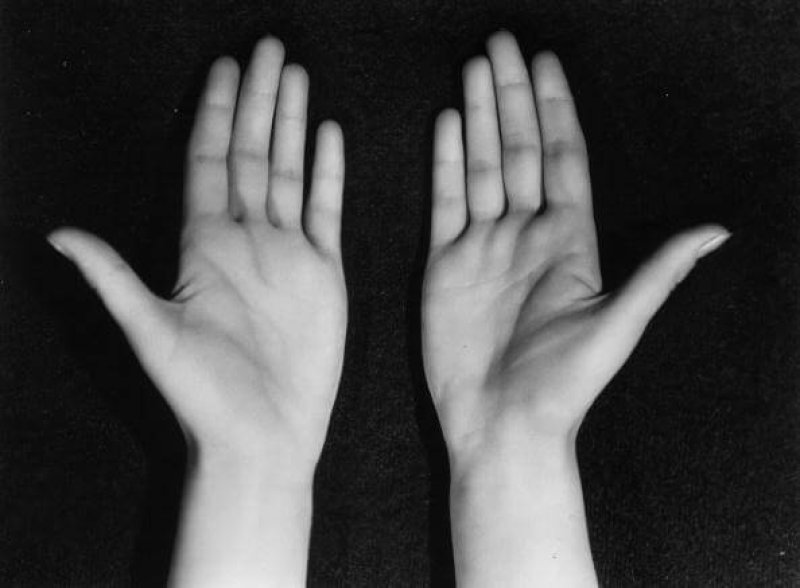The GLP aggregated and excerpted this blog/article to reflect the diversity of news, opinion and analysis.
What a waste are two thumbs on the space bar. There they sit, nearly flaccid, punctuating the end of each word, awaiting the call to crack stone or to use sharp flakes to incise wood.
No living ape has such digits, each long thumb with its own wide, flat fingertip bone. Ape thumbs are short afterthoughts, jutting awkwardly below the long, strong bones of the hand. No ape supplies each thumb with its own flexor pollicis longus, deep in the forearm. This muscle pulls powerfully on the thumb bones, clamping them forcefully onto the stone. The pinky bones, too, get into the act, flexing inward to cup the palm around a rock.
Did hands make us human? Did they allow our ancestors to finish the climb out of the trees and enable them to become the uniquely intelligent, social, adaptable primate that colonized the planet? The discovery of a boy’s skeleton in Olduvai Gorge in 1960 made it seem that stone tool manufacture, larger brains, and human hand anatomy evolved together. The boy was around 10 years old when he died, leaving us a fragmentary braincase, a jaw, and bones from his right hand. Broad fingertips and a very mobile joint between the wrist and metacarpal for the thumb gave the right anatomical signs for stone toolmaking. Olduvai Gorge was also where anthropologists were finding the earliest known tools. Believing they had found the toolmaker, discoverers Louis and Mary Leakey and the describer Phillip Tobias called the fossil Homo habilis: “handy man.”
Read full, original post: Are Humans the Greatest Things Made by the Human Hand?































